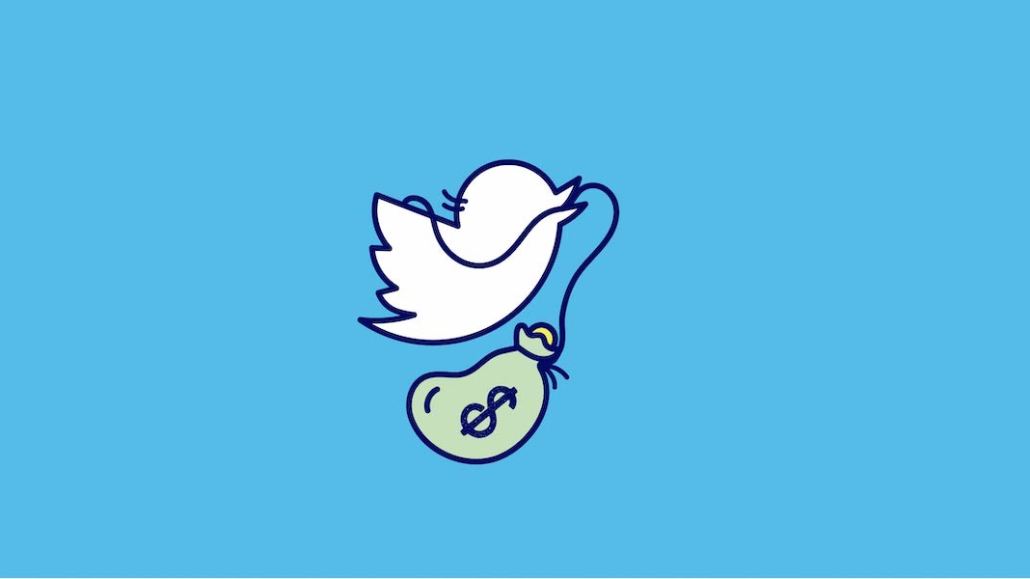The Rundown: Twitter bets on long-form content in its first subscription play with Twitter Blue

Twitter is shipping its first subscription product in the United States, and it’s hoping that more long-form content will encourage the platform’s heaviest users to spend even more time on Twitter.
On Tuesday, Nov. 9, Twitter announced that Twitter Blue is now available in the United States about five months after it first launched in Australia in Canada. It costs $2.99 per month; there is currently no option to subscribe annually.
The key details
- For its U.S. launch, Twitter added a couple features to Twitter Blue, most notably the key elements of Scroll, which Twitter acquired in May. These include the ability to read articles from more than 300 publishers’ sites — including The Atlantic and the Washington Post — without ads. Twitter Blue users will also get access to a feature of Nuzzel, a service Scroll had acquired and Twitter shut down, which shows subscribers a list of the most shared stories within their network on the platform, along with the tweets those users posted about the articles.
- Twitter Blue users also get the chance to test out new products the platform is considering. At the moment, these include longer native video uploads (up to 10 minutes) and the ability to pin conversations within one’s direct messages.
- Twitter is staying mum about how much traction Twitter Blue has. While the platform is “really excited about the reaction we saw” in Australia and Canada, it is not sharing how many subscribers it has.
For power users, by power users
Ad position: web_incontent_pos1
When Twitter launched its first version of Twitter Blue in Australia and Canada over the summer, the product was more tool-focused than experience-focused, giving subscribers access to features including different color schemes, a bookmarking feature that allows users to save and organize tweets, and reader mode, which automatically converts Twitter threads into posts subscribers can read on Twitter.
“We’re giving the most active people more of what they want,” said Sara Beykpour, Twitter’s senior director of product.
Unlike the premium tiers of many media products, Twitter Blue is not ad-free, and the company reiterated that it has no interest in making it ad-free.
Ad position: web_incontent_pos2
How ARPU?
Keeping its most hopelessly addicted users (this Digiday author included) on the platform for longer periods could, over time, help boost Twitter’s revenue per user, or ARPU, though its impact could vary by subscriber. Twitter will have to share a portion of its subscriber fees with the publishers who participate in Scroll, and a key reason for their participation is the promise that Scroll will deliver more revenue per user than a visit’s worth of advertising. Tony Haile, Scroll’s founder and now a senior director of product at Twitter, told reporters ahead of today’s announcement that he hopes Twitter Blue will deliver revenue that’s 50% higher than an ad-supported visitor would generate.
Scroll will have to do that from a smaller base of revenue. When Scroll launched in 2020, it was charging users $5 per user, almost 60% more than Twitter Blue costs.
Twitter Blue is part of a host of projects Twitter has undertaken in a bid to boost its average revenue per user. Its base of monetizable daily active users, a figure analysts watch closely, grew slightly last quarter, rising 2% quarter over quarter and 13% year over year to 211 million. While Twitter does not report its average revenue per user, one independent analyst pegged Twitter’s ARPU at about $17 in 2020, around one third of Facebook’s.
Twitter’s stock price is up about 6%, year to date, at $54 as of Monday. It had been up nearly double digits until most recently, when its revenue forecasts came in behind what many analysts had expected.
More in Media

NewFronts Briefing: Samsung, Condé Nast, Roku focus presentations on new ad formats and category-specific inventory
Day two of IAB’s NewFronts featured presentations from Samsung, Condé Nast and Roku, highlighting new partnerships, ad formats and inventory, as well as new AI capabilities.

The Athletic to raise ad prices as it paces to hit 3 million newsletter subscribers
The New York Times’ sports site The Athletic is about to hit 3 million total newsletter subscribers. It plans to raise ad prices as as a result of this nearly 20% year over year increase.

NewFronts Briefing: Google, Vizio and news publishers pitch marketers with new ad offerings and range of content categories
Day one of the 2024 IAB NewFronts featured presentations from Google and Vizio, as well as a spotlight on news publishers.
Ad position: web_bfu



